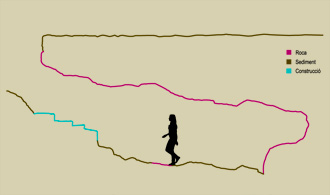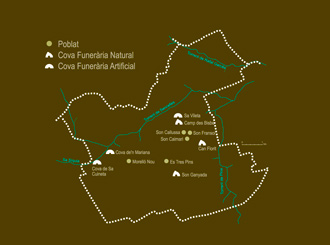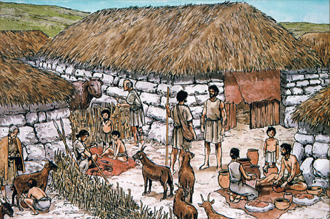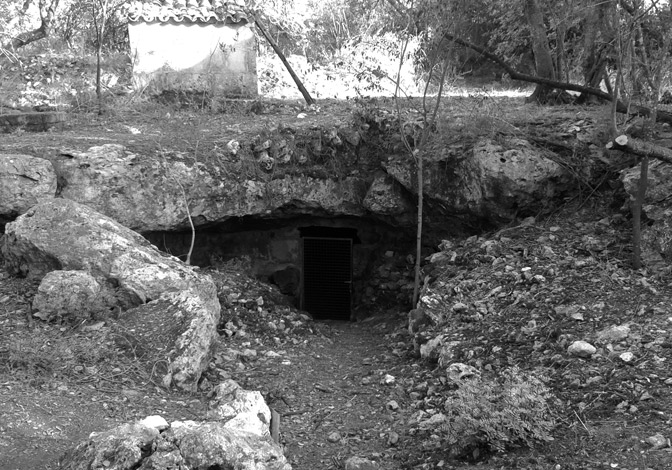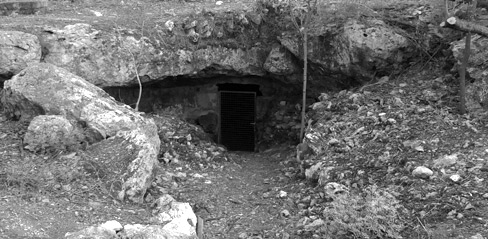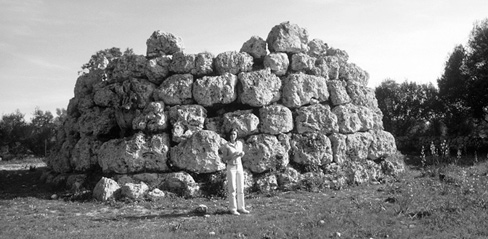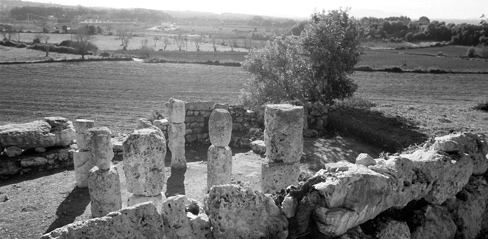1 cave of camp del bisbe
cave of camp del bisbe
This excavation was financed by the Mn Bartomeu Oliver Foundation and Sencelles town hall. During the original excavation, pieces of ceramics found on this site proved that the area was habited from the Naviforme period until the present day.
sencelles naviforme period (1600-1050 a.c.)
It is at this time that the first documented evidence of settlement in Sencelles. The navetas villages such as Morelló Nou, Son Calussa, Son Fransoi or Son Caimari are good examples. Its location between the streams of offered Pina and Sencelles intensely irrigated meadows that were supposed to be key to agriculture and livestock.
The shuttles are homes built with cyclopean stones dry and perishable materials roof. They have shaped plant ship or vessel, hence its name. They can be isolated as the Son Caimari or forming settlements as the Tres Pins, Morelló Nou, or are Calussa. These structures were inhabited by individual family groups. There open plan design accommodated all forms of work. The fire for example was not only used for cooking but also for firing ceramics, melting bronze, etc
Natural caves like the cave of Camp del Bisbe continued to be used as graves in this period. More recently such as in the cases of Mariana or Vileta were more elaborate incorporating ante rooms.
Thanks to studies carried out in the caves of Carritx in Menorca. We know that these graves were not separated by gender indicates that these communities worked in co-operation and equality.

